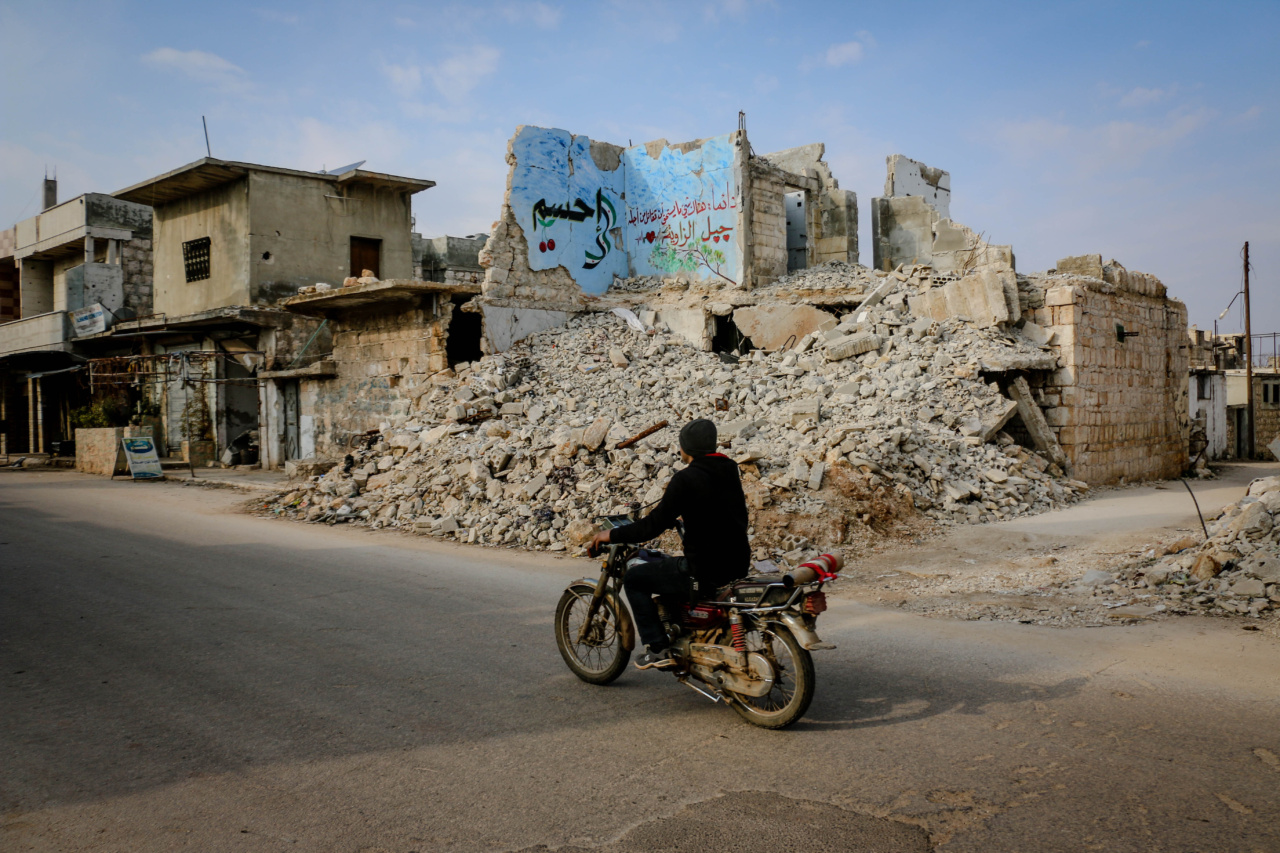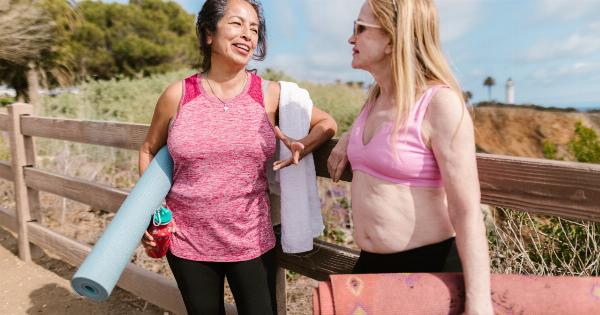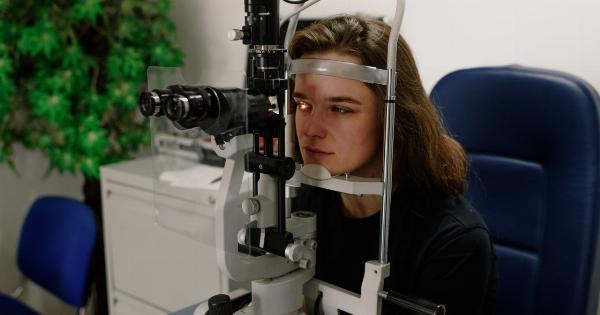Riding a bike is not only a great way of getting around, but it also offers numerous health benefits. However, it’s important to be aware of the potential dangers that pollution can pose to your lungs while cycling.
In many urban areas, air pollution levels are high, and this can have serious implications for your respiratory health. In this article, we will discuss the harmful effects of pollution on your lungs and provide you with tips on how to protect yourself during bike rides.
The Hidden Danger: Air Pollution
Air pollution is a silent killer that affects millions of people worldwide. It is caused by a variety of sources, including vehicle emissions, industrial activities, and the burning of fossil fuels.
The main pollutants of concern are particulate matter (PM), nitrogen dioxide (NO2), and ozone (O3). These pollutants can have a range of detrimental effects on your respiratory system, especially when you are exposed to them during physical activities like cycling.
The Impact on Your Lungs
When you breathe in polluted air during bike rides, tiny particles known as PM2.5 and PM10 can enter your lungs. These particles are so small that they can penetrate deep into the respiratory system and even enter the bloodstream.
Once in your lungs, they can cause inflammation and irritation, leading to respiratory symptoms such as coughing, wheezing, and shortness of breath.
Furthermore, nitrogen dioxide, a common pollutant released by vehicle exhaust, can also harm your respiratory health. It can cause lung tissue inflammation, reduce lung function, and make you more susceptible to respiratory infections and allergies.
Ozone, another dangerous pollutant, can irritate your airways and worsen existing respiratory conditions such as asthma.
Tips to Protect Your Lungs
While it might be impossible to completely avoid pollution, there are several measures you can take to minimize your exposure and protect your lungs during bike rides:.
1. Choose the Right Time and Route
Avoid busy traffic hours and opt for routes with less vehicle congestion. Riding during off-peak hours can significantly reduce your exposure to harmful pollutants, allowing you to breathe cleaner air.
2. Stay Updated on Air Quality
Monitor the air quality index (AQI) in your area to determine when it’s safe to go for a bike ride. Many websites and smartphone apps provide real-time updates on air pollution levels.
If the AQI is high, consider postponing your ride or choosing indoor exercise options instead.
3. Wear a Mask
Invest in a high-quality mask that filters out particulate matter and airborne pollutants. Look for masks with a high-efficiency particulate air (HEPA) filter, which can provide excellent protection against small particles.
Make sure the mask fits snugly over your nose and mouth for maximum effectiveness.
4. Opt for Low-Traffic Areas
Plan your bike rides in areas with less traffic to minimize exposure to exhaust fumes. Parks, recreational trails, and bike paths away from busy roads are ideal options for reducing pollution inhalation.
5. Protect Yourself from Diesel Exhaust
Diesel vehicles are known to emit higher levels of harmful pollutants. If possible, avoid sharing the road with diesel trucks, buses, or other diesel-powered vehicles that generate significant exhaust fumes.
6. Pay Attention to Local Weather Conditions
Strong winds can disperse pollutants more effectively, reducing your exposure. If a strong wind is blowing, it might be a better time for a bike ride compared to stagnant air conditions.
7. Promote Cleaner Transportation
Support initiatives that aim to reduce pollution, such as public transportation, carpooling, or cycling infrastructure improvements. By advocating for cleaner transportation options, you can contribute to a healthier environment for everyone.
8. Maintain a Healthy Lifestyle
A strong and healthy respiratory system is better equipped to cope with the effects of pollution.
Engage in regular exercise, eat a balanced diet rich in antioxidants, and avoid smoking or exposure to secondhand smoke, as these factors can further damage your lungs.
9. Stay Hydrated
Proper hydration helps keep your respiratory system functioning optimally. Drink plenty of water before, during, and after bike rides to keep your airways moist and facilitate the removal of toxins.
10. Visit a Doctor if Needed
If you experience persistent respiratory symptoms or notice a decline in lung function, it’s crucial to consult a healthcare professional.
They can evaluate your condition, provide appropriate treatment, and offer personalized advice on protecting your lungs during outdoor activities.
Conclusion
While pollution can pose a serious threat to your respiratory health during bike rides, taking preventive measures can significantly reduce your risk.
By choosing the right time and route, staying updated on air quality, wearing a mask, and implementing other protective strategies, you can continue to enjoy the benefits of cycling while safeguarding your lung health. Remember, your lungs are precious, so don’t let pollution damage them!.





























